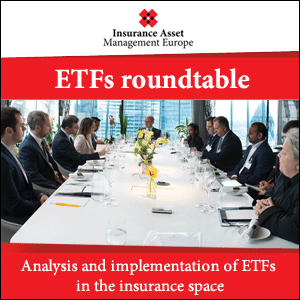
LATEST NEWS
- New NAIC guidance could impact insurers' investments in derivatives
- L&G reports 14% growth in operating profit; SII coverage ratio up 10pp
- PRA writes to CFOs introducing SII qualitative questionnaire
- AIG’s total consolidated net investment income up 9% to $3.7bn
- US insurance industry’s high-yield bond exposure grows to $286bn
US insurance industry’s high-yield bond exposure grows to $286bn

Written by Adam Cadle
06/08/2021
US insurance companies reported high-yield bond exposure with a book/adjusted carrying value (BACV) of $286bn as of year-end 2020, an increase of 25.7% compared to year-end 2019, latest research published by AM Best has shown.
High-yield bonds represented 6.1% of the industry’s total bond exposure, increasing from 5.1% at year-end 2019. The increase in high-yield bond exposure is partly attributed to the broad-based credit quality deterioration resulting from the effects of the COVID-19 pandemic.
In addition, in their search for higher yields, US insurers have not only invested in relatively illiquid investments (such as mortgage loans, private equity, and hedge funds), but also they have invested down the credit quality spectrum. Favourable market dynamics – including a significant amount of bond issuance and relatively low default rates in 2020 – provided attractive investment opportunities in the high-yield market.
Corporate bonds accounted for the majority, or two-thirds, of the year-end 2020 exposure, and bank loans represented almost 18%. ABS and other structured securities, private-label CMBS, and private-label residential mortgage-backed securities (RMBS) together accounted for almost another 10%.
The industry’s high-yield bond exposure is skewed toward the higher quality of the below investment grade spectrum (i.e., BB-rating category) and “provides some comfort to the added credit risk being taken by insurers from investing in high-yield bonds”, AM Best stated. Approximately 62% of the industry’s bond exposure at year-end 2020 carried NAIC 3 designations, the highest quality in the high-yield credit quality spectrum, and another 28% carried NAIC 4 designations. Exposure to bonds with NAIC 3 designations increased from 59% at year-end 2019, while exposure to bonds with NAIC 4 designations decreased from 30%. High-yield exposure has been primarily concentrated in the NAIC 3 and the NAIC 4 designation categories for the last 10 years.










